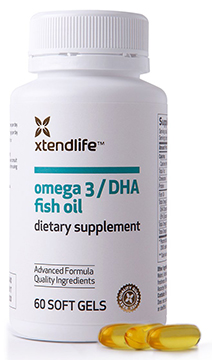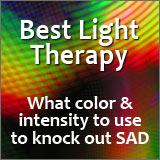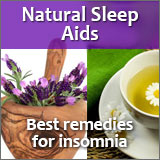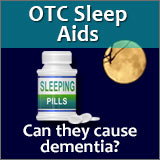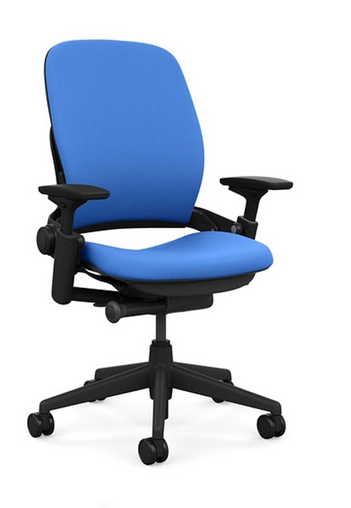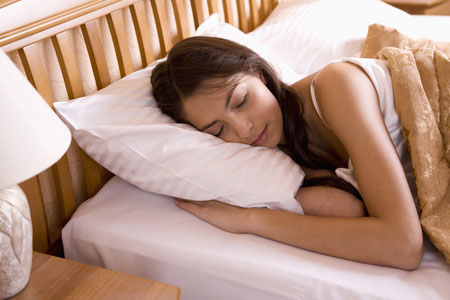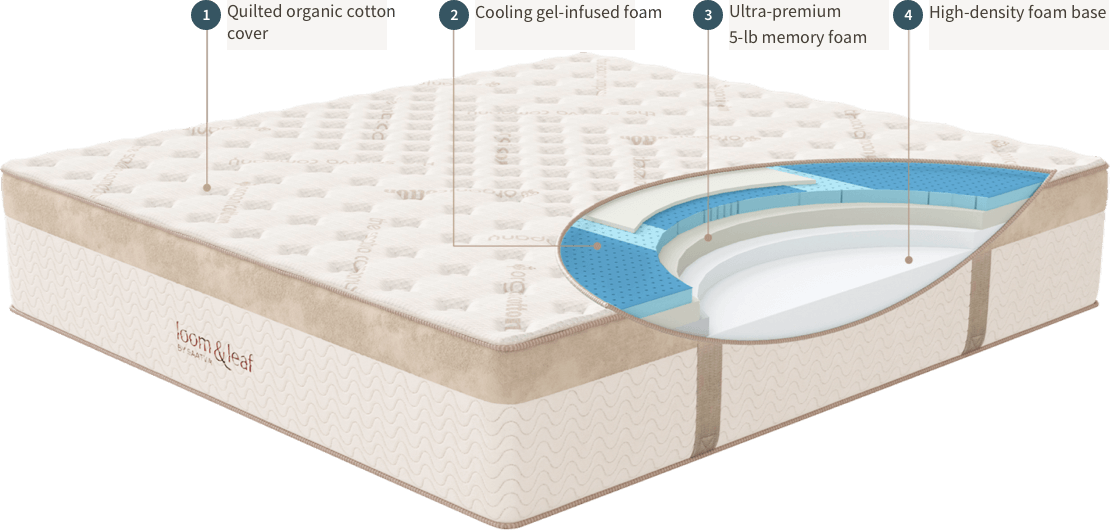13 Symptoms of Seasonal Affective Disorder (SAD)
Let me boil all of these symptoms of seasonal affective disorder down for you.
Remember before in my first article on seasonal depression, I said there were two types of these disorders?
The first type comes on in the fall and winter and is often called winter depression. Below is a baker’s dozen of the most recognized symptoms, and the ones most reported, by people who have this type. (I’ll cover the second type and its symptoms further on down in the article.)
Understand that you (or your loved one) don’t have to have every single one of these for your doctor or expert healthcare provider to diagnose you with winter SAD.
Symptoms of Seasonal Affective Disorder Include:

- Mood changes including anxiety and a feeling of hopelessness
- Lack of energy, with daytime fatigue and sluggishness
- Problems dealing with people, including being hypersensitive about rejection
- Irritability, grouchiness
- A feeling of isolation and withdrawing from being around people. Wanting to hibernate
- Being uninterested in most activities that
were fun and that you once enjoyed before the onset of the symptoms of
seasonal affective disorder
- A change in appetite, especially carbohydrate cravings (foods like potato chips and cookies)
- Through the years, times you’ve been
depressed with winter depression are far more often than major
depressive episodes at any other time of the year
- Weight gain
- Week after week is nothing but gloomy days. Life seems rather bleak.
- Some people say their arms and legs feel heavy
- A person feels fuzzyheaded with difficulty concentrating. Some people describe their mental symptoms as “like living in a fog”
- Excessive sleeping
What causes these symptoms of seasonal affective disorder?
Here’s the blunt answer: Researchers of SAD don’t really know. However, they have assembled a line up of the biggest suspects:
- Reduced sunlight: In the fall and winter the
days get shorter and the eyes are taking in less daylight. This in turn
affects the brain and leads to depression. How?
- Because of serotonin. Researchers say the loss
of sunlight leads to a drop in serotonin levels because with less
light, the brain isn’t producing enough serotonin. This chemical, a
neurotransmitter in the brain, affects mood, energy, sleep, appetite,
and concentration. It’s known for its calming effects. So if there’s
less of it, signs of depression may set in. And by the way, eating
carbohydrates boosts serotonin, which is why one of the symptoms of
seasonal affective disorder is carbohydrate cravings.
- Then there’s melatonin: This is a hormone that
plays a major role in regulating sleep cycles. And during the fall and
winter change of seasons, melatonin levels can get all screwed up. Not
only that, a National Institute of Mental Health study (Proc Natl Acad
Sci U S A. 2006 Apr 28) reported that “most Seasonal Affective Disorder
(SAD) symptoms stem from daily body rhythms [circadian rhythms] that
have gone out-of-sync with the sun.” Researchers found that “Taking
melatonin at the correct time of day...more than doubled improvement in
depression scores.”
- And finally, there’s the role of genetics. It appears that SAD may be a disorder that some people inherit and that develops in various families.
What about the second type of seasonal depression?
Spring and summer mood changes can bring on this second type of depression. Typical summer depression symptoms are:
- Insomnia
- Losing weight
- Lousy appetite
- Grumpy attitude
- Stress
- A boost in sex drive
More extreme cases of depression in the spring and summer, called reverse seasonal affective disorder, have the main symptoms of greatly elevated mood and hyperactive energy levels (a form of bipolar disorder).
So let’s say you have some or many of the above smorgasbord of symptoms of seasonal affective disorder.
What next?
Well, the first thing you need to do if you are depressed can be summed up in two words: Get help. Please. Do it. Talk to your doctor.
See, the fact is, you must have a proper diagnostic assessment from a trained SAD professional. Not only to be sure of what you have, but to get the proper seasonal affective disorder treatment.
Now the great news is, there are treatments available that can often turn things around for people with SAD in just a matter of days. We’ll look at those treatments in the next article, part 4.
However, I don’t mention nutrition supplements in Part 4 so I’ll briefly talk about them here.
First of all, it’s always a good idea to discuss with your health care professional what supplements, if any, you are taking.
Bolstering your health with a multivitamin is a good place to start when it comes to improving your nutrition.
Understand though that multivitamins are not a treatment for depression. It’s simply a matter of trying to keep your body and mind healthier so they function better.
In addition, there is some evidence that omega-3 fatty acids might improve symptoms of depression. Omega-3s contain DHA (Docosahexaenoic acid) and EPA (Eicosapentaenoic acid).
Both DHA and EPA have a positive effect on your brain’s membrane structure. And omega-3s may also improve neurotransmitter activity in your brain.
There are several ways to get more omega-3s in your diet. Most people resort to eating more fish or taking fish oil supplements.
If you’re a vegetarian, as I am, you can get omega-3s from flax seeds, vegan omega supplements, and walnuts are a good source.
If you don’t mind using fish products, there is one company website you may want to explore. They have a lot of good information and high-quality supplements.
Click here to see what you can learn from them.
The bottom line is, if you have the symptoms of seasonal affective disorder, it doesn’t have to be a recurring bad theme in your life every year.
Here are more articles you will find helpful.
Here’s A Free Audio for You On SAD Syndrome
Part 2, Seasonal Affective Disorder: How Many People Have Sad Disorder?
Part 4: 5 Tips for Seasonal Affective Disorder Treatment
Best Light Therapy for SAD: White, Blue, Green, or Red?
Return From 13 Symptoms of Seasonal Affective Disorder To Sleep Disorders Home Page
